This year’s Association for Computing Machinery’s Gordon Bell Prize in supercomputing goes to researchers led by the University of Melbourne who used the Frontier supercomputer to conduct a quantum molecular dynamics simulation 1,000 times greater in size and speed than any previous simulation of its kind.The team also includes researchers from AMD, QDX, and the Department of Energy’s Oak Ridge National Laboratory.
Tag: quantum chemistry
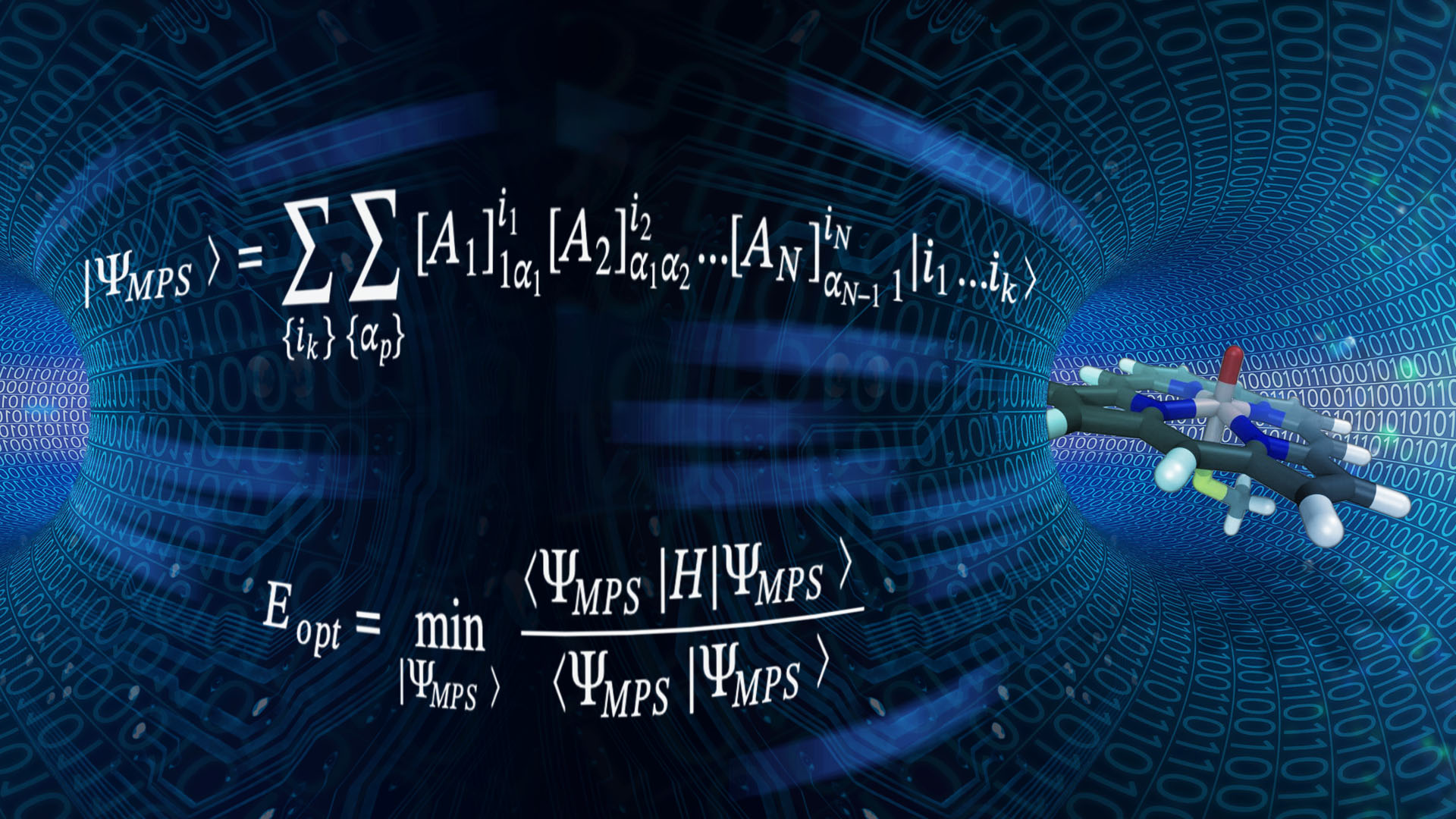
Collaboration Speeds Complex Chemical Modeling
A recent collaboration among researchers from HUN-REN Wigner Research Centre for Physics in Hungary and the Department of Energy’s Pacific Northwest National Laboratory, along with industry collaborators SandboxAQ and NVIDIA, has achieved unprecedented speed and performance in efforts to model complex metal-containing molecules.
New light-induced material shows powerful potential for quantum applications
Argonne researchers recently discovered a way to control electronic bonding in a semiconducting material using light and magnetic fields, paving the way toward new quantum devices.
Wayne State University professor receives NSF grant to study quantum tunneling
A Wayne State University professor recently received a three-year, $626,467 grant from the National Science Foundation’s Division of Physics. The project, “Probing Nonadiabatic Strong Field Ionization with Phase-Resolved Attoclock,” will research a quantum mechanical process known as quantum tunneling.
How Scientists Are Accelerating Chemistry Discoveries With Automation
Researchers have developed an automated workflow that could accelerate the discovery of new pharmaceutical drugs and other useful products. The new approach could enable real-time reaction analysis and identify new chemical-reaction products much faster than current laboratory methods.
Discovery may lead to terahertz technology for quantum sensing
Visible light is a mere fraction of the electromagnetic spectrum, and the manipulation of light waves at frequencies beyond human vision has enabled such technologies as cell phones and CT scans. Rice University researchers have a plan for leveraging a previously unused portion of the spectrum.
How Argonne is pushing the boundaries of quantum technology research
With its Department of Energy National Quantum Information Science Research Center (Q-NEXT) and its quantum research team, Argonne is a hub for research that could change the way we process and transmit information.
Quantum engineers have designed a new tool to probe nature with extreme sensitivity
Associate Professor Jarryd Pla and his team from UNSW School of Electrical Engineering and Telecommunications, together with colleague Scientia Professor Andrea Morello, described a new device that can measure the spins in materials with high precision.
Using light to connect molecules
One study, led by the Toker group from Bar-Ilan University in Israel, observed peptide bond formation in clusters containing four serine dipeptides that were heated up by collisions. However, they found no evidence for the same process occurring in serine clusters. In that work they concluded that if two serine molecules can bind together to form a dipeptide, then the next stages of polymerization could probably occur readily.
Addis Fuhr: Working to control impurities in materials
Oak Ridge National Laboratory Weinberg Fellow Addis Fuhr uses quantum chemistry and machine learning methods to advance new materials.
Electrons zip along quantum highways in new material
Researchers at the University of Chicago’s Pritzker School of Molecular Engineering (PME) have discovered a new material, MnBi6Te10, which can be used to create quantum highways along which electrons can move. These electron thoroughfares are potentially useful in connecting the internal components of powerful, energy-efficient quantum computers.
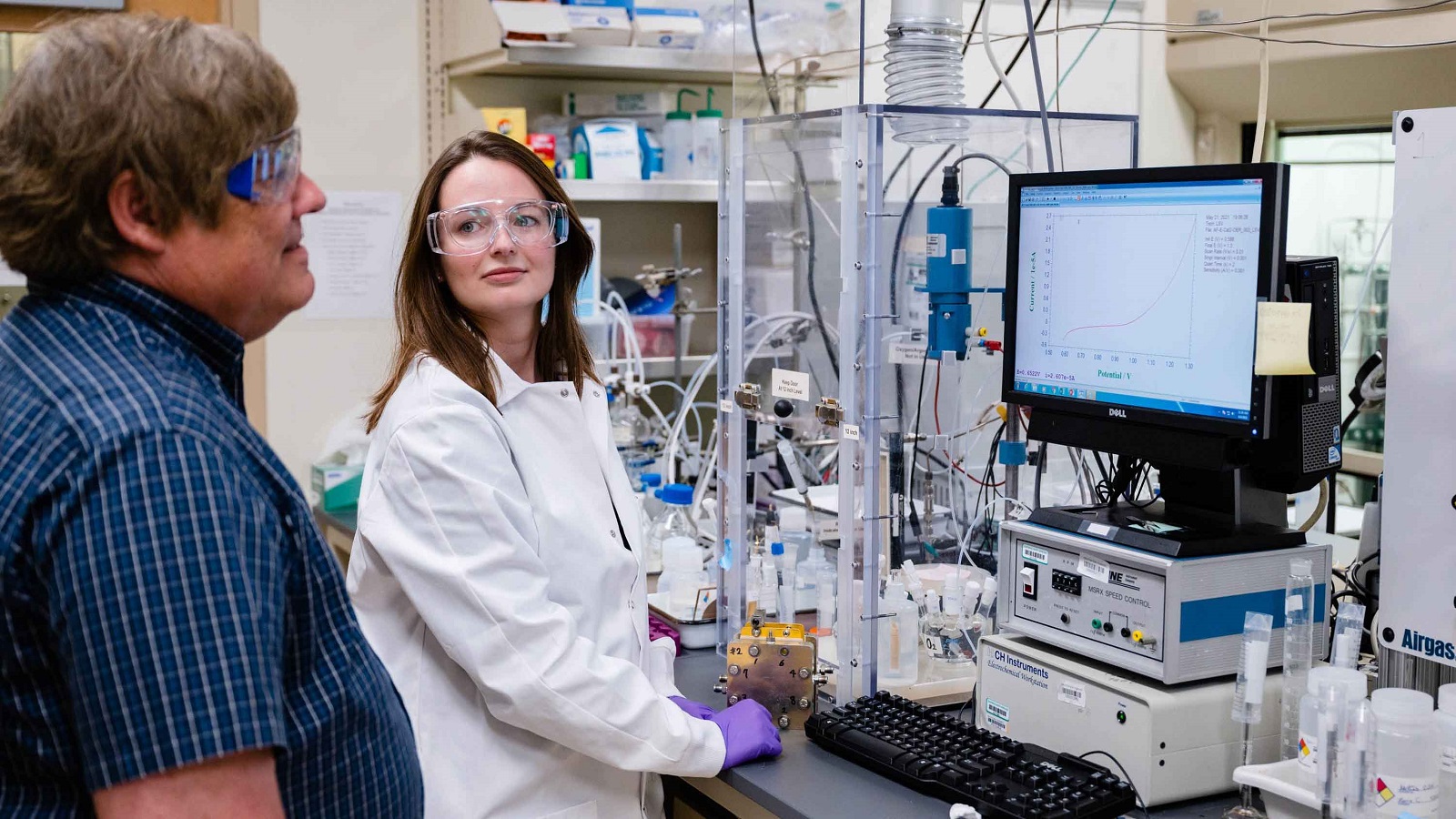
Entrepreneurship program at Argonne National Laboratory opens applications for startups
Chain Reaction Innovations, the entrepreneurship program at Argonne National Laboratory, is accepting applications for its next fellowship cohort.
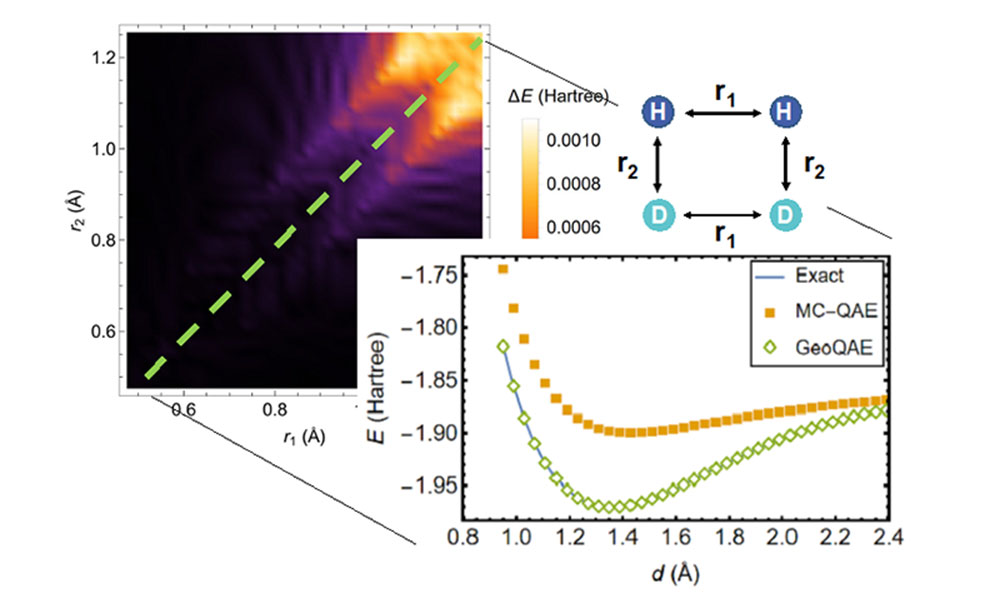
Quantum Chemistry Finds a New Path on Quantum Devices
A team of researchers from the U.S. Department of Energy’s (DOE) Brookhaven National Laboratory and Stony Brook University have devised a new quantum algorithm to compute the lowest energies of molecules at specific configurations during chemical reactions, including when their chemical bonds are broken.
Breakthrough Reported in Machine Learning-Enhanced Quantum Chemistry
The equations of quantum mechanics require too much computer time and power when used to predict behavior in large systems. Researchers have now shown that machine learning models can mimic the basic structure from first principles, which can be very difficult to simulate directly. The result is predictions that are easy to compute and are accurate in a wide range of chemical systems.
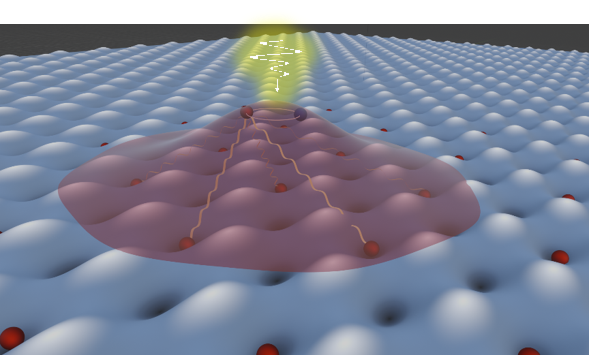
Lasers trigger magnetism in atomically thin quantum materials
Researchers discovered that light can trigger a form of magnetism in a normally nonmagnetic material. This magnetism centers on the behavior of electron “spin.” By controlling & aligning electron spin at this level of detail & accuracy, this platform could have applications in quantum computing & simulation.
Just by changing its shape, Argonne scientists show they can alter material properties
Argonne scientists have observed that when the shape of a thin film of metal oxide known as titania is confined at the mesoscale, its conductivity increases. This finding demonstrates that nanoscale confinement is a way to control quantum effects.
Scientists can predict and design single atom catalysts for important chemical reactions
Using quantum chemical calculations, scientists create a new single atom catalyst that converts propane to propylene with 100% efficiency, with little deactivation by coking. If adopted by industry, the catalyst could save billions of dollars and reduce carbon dioxide emissions by millions of tons.
Key to Carbon-Free Cars? Look to the Stars
In a decade-long quest, scientists at Berkeley Lab, the University of Hawaii, and Florida International University uncover new clues to the origins of the universe – and land new chemistry for cleaner combustion engines

Connected Moments for Quantum Computing
Connected moments math shortcut shaves time and cost of quantum calculations while maintaining accuracy
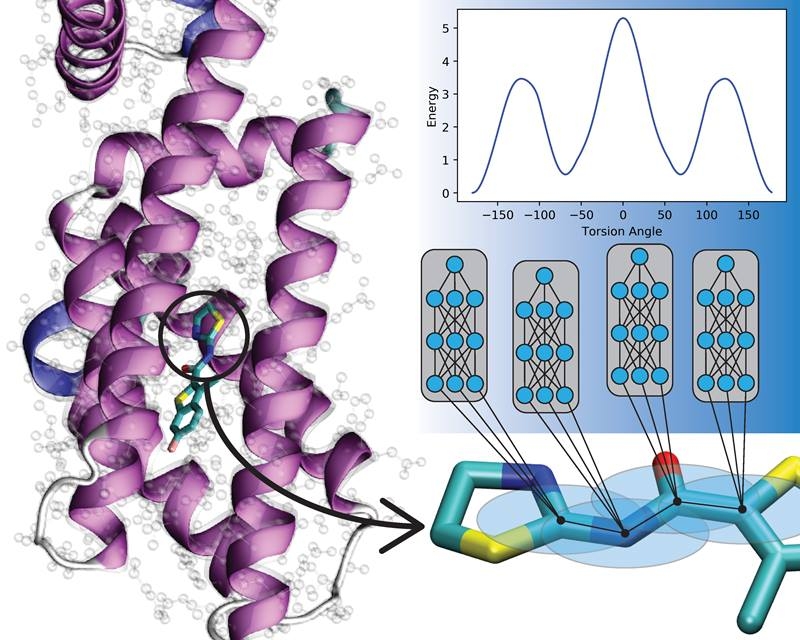
Machine Learning Speeds Molecular Motion Modeling
Molecular dynamics is central to many questions in modern chemistry. However, computer models of molecular dynamics must balance computational cost and accuracy. Scientists have now used a machine learning technique called transfer learning to create a novel model of molecular motion that is as accurate as calculations that use quantum-mechanical physics but much faster.
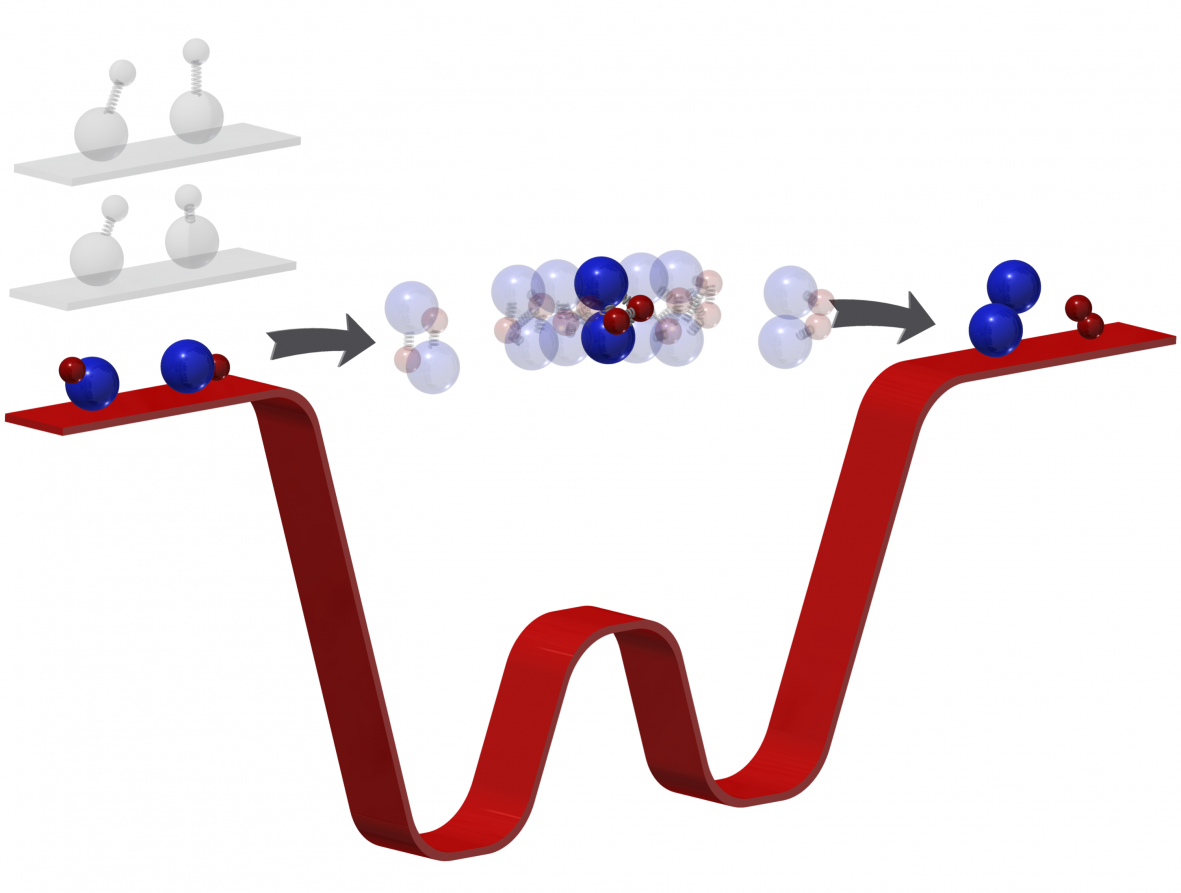
Freezing Out Chemical Reactions to Have a Closer Look in the Quantum Realm
Chemical reactions transform reactants to products through intermediate states. These intermediates are often short-lived, making them hard to study. But by bringing a molecule to a temperature barely above absolute zero, scientists can “trap” the reaction in the intermediate stage for a much longer time. In this study, scientists used photoionization to directly observe a reaction’s reactants and products.
CFN Staff Spotlight: Xiaohui Qu Bridges the Data Science-Materials Science Gap
As a staff member in the Theory and Computation Group at Brookhaven Lab’s Center for Functional Nanomaterials, Qu applies various approaches in artificial intelligence to analyze experimental and computational nanoscience data.